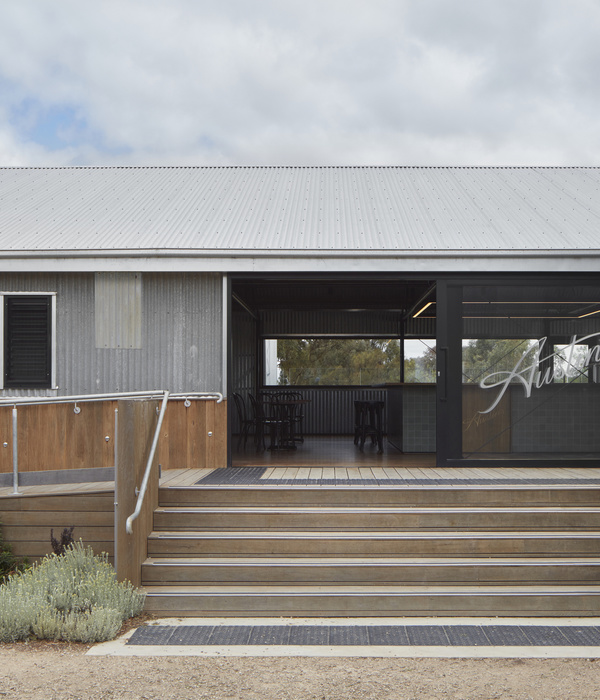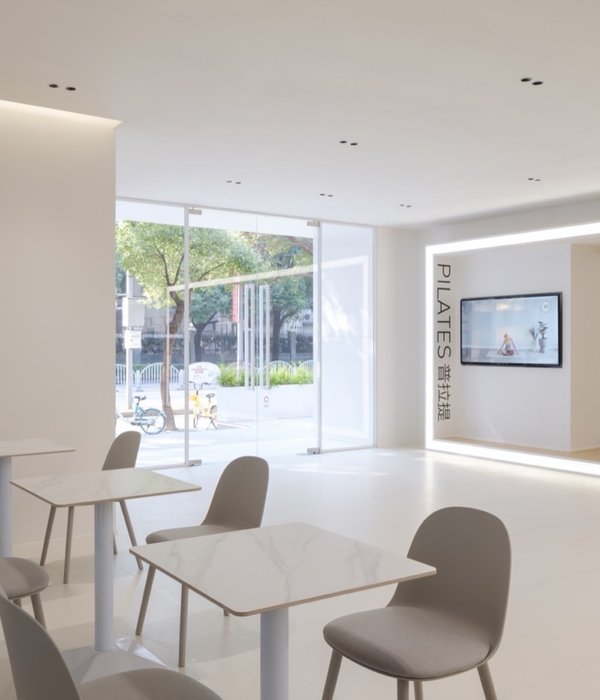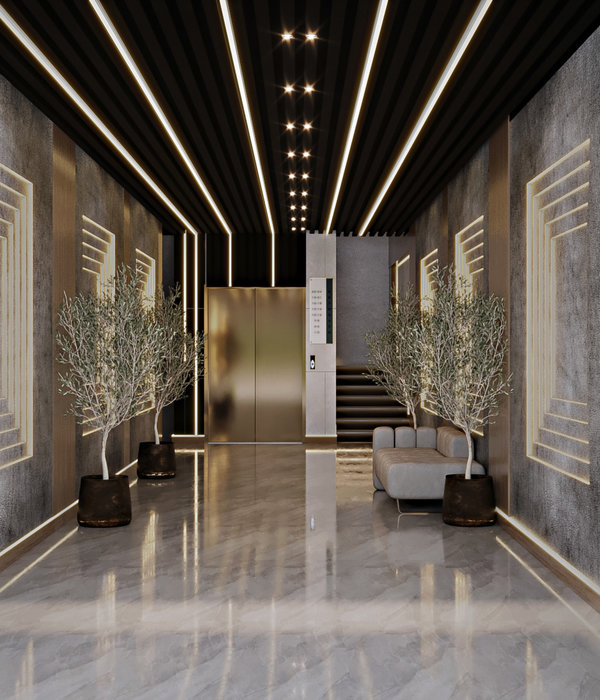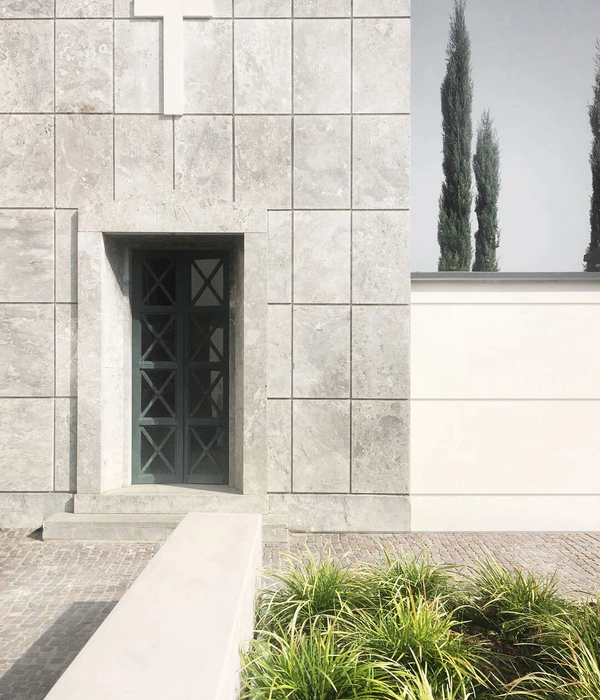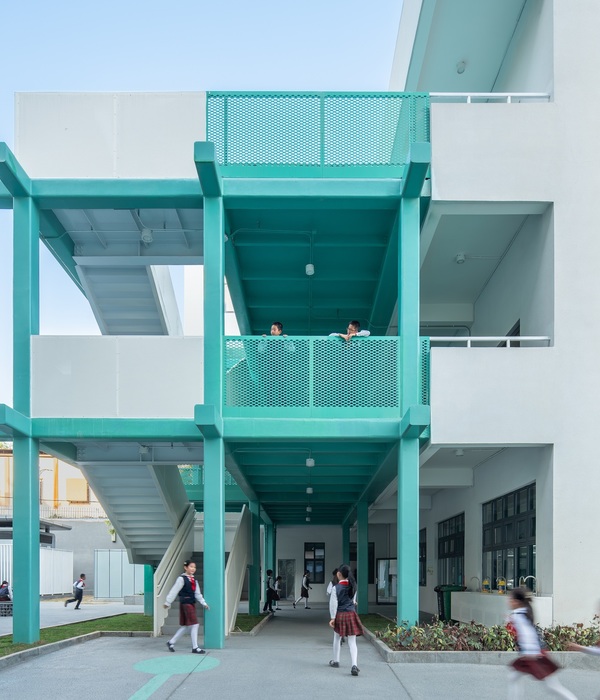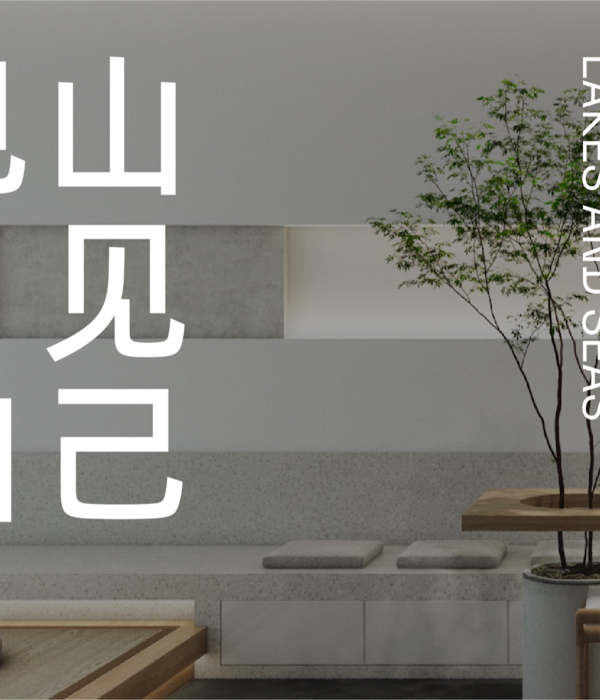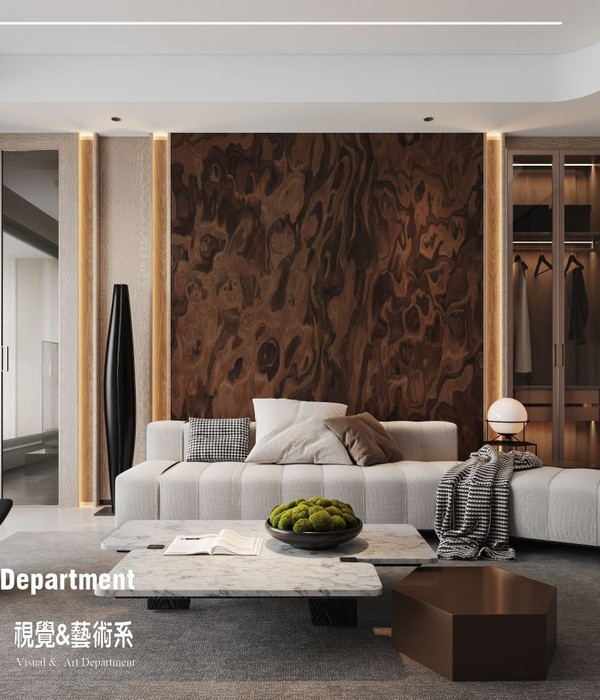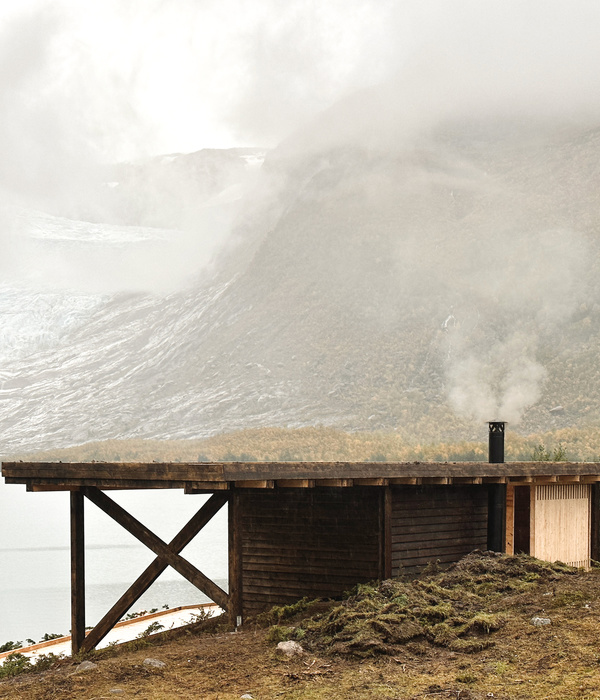Architects:CIMBRA
Area:45m²
Year:2022
Photographs:XhARA
Architects In Charge:Joaquín Trillo (XhARA), Eduardo Tapia
Construction:Mansilla, Puqui, Osvaldo, Agüero, Sergio, Luis y la comunidad guaraní de Arete Guazú
Agroecological Gardens:Franco Herrera, Fernando Anse, Mario Sosa, Juan, Osvaldo, Sergio, Claudia, Beatriz y la comunidad guaraní Arete Guazú
Water Access Facilities:Juan, Puqui, Mansilla y Agüero
Joinery:Toni
General Coordination:Martina Vismara, Claudia Savilla y Luciana Palacio
Execution:CIMBRA
Execution :ACDI
Financial Partner:Fortabat
Beneficiary Entity:Comunidad guaraní Areté Guazú
Natural Construction Advisor:XhARA
Program:Centro para el agregado de valor de producciones agroecológicas con espacio para lavado, sala de guardado y acopio, galerías, sala de reuniones, espacios comunes, sobretecho de sombra térmico y cosecha de agua.
Implementing Organizations:CIMBRA & ACDI / Financiador: fundación Fortabat / Taller-Obra: Joaquín Trillo (XhARA) y Eduardo Tapia / Construcción: Mansilla, Puqui, Osvaldo, Agüero, Sergio, Luis y la comunidad guaraní de Arete Guazú / Huerto agroecológico: Franco Herrera, Fernando Anse, Mario Sosa, Juan, Osvaldo, Sergio, Claudia, Beatriz y la comunidad guaraní Arete Guazú / Instalaciones acceso al agua: Juan, Puqui, Mansilla y Agüero / Herrería: Toni / Asesor construcción natural: XhARA / Coordinación general: Martina Vismara, Claudia Savilla y Luciana Palacio.
City:Caimancito
Country:Argentina
Text description provided by the architects. The Center for Added Value is inspired by the shade roof and column-horcón that characterize the ranches of the Chaco countryside. The Culata Jovai typology of facing rooms is contained within a continuous space under a roof for thermal comfort that unifies the whole. Reinterpretations of the wattle and daub walls are materialized with a system of sunshades with galleries that expand the dimensions of the building and facilitate its connection with the environment.
Taking as a reference the regional vernacular architecture and indigenous peasant knowledge, a series of bioclimatic solutions are activated that compose the axis of the proposal: cross-ventilation conditioning, vertical shade facade with frameworks, facing rooms, galleries, etc. On this basis, social technologies are incorporated through a shade roof for thermal comfort and water harvesting, storage in a reserve tank, and ecological treatment of wastewater. The vertical sunshades are resolved through frameworks inspired by the characteristic "envarillados" used in Guarani fences and the "wattle and daub" techniques used in typical earth construction systems of the region. These systems filter solar radiation while expanding the spatiality of the building, incorporating galleries and transitional spaces between the interior and the environment.
With the aim of testing systems for the social production of habitat with the integration of local actors, work was carried out based on a participatory construction and design workshop with the Guarani community Arete Guazú (Caimancito, Jujuy). Knowledge was shared in the fields of construction and agriculture, seeking a dialogue of knowledge to propose alternatives with identity. Based on a series of exercises and meetings to assess needs, a space for agroforestry is projected, complemented by a Center for Added Value and various social technologies for access to water. Both the gardens and the room are part of a comprehensive proposal to provide appropriate solutions for habitat with a focus on food generation.
The use of earth as a material through the quincha technique allows for the exploitation of its hygroscopic capacity, facilitating the absorption and desorption of moisture. This physical behavior of the material represents another advantage that distinguishes these construction systems in providing thermal comfort. On wooden frames, a cane framework is placed, onto which an earth mortar is applied, forming a lightweight wall with good thermal insulation necessary for the high temperatures of the region. Mortars, plasters, and paints are stabilized through a series of natural additives that increase their resistance to abrasion and erosion.
The presented work methodology proposes to avoid transfers that are foreign to the realities of the place, elevating local actors as designers of the interventions and participants in their own decisions. Through the presented processes, the aim is to achieve an appropriate building capable of responding to the knowledge, form, and function of the Guarani domestic space. The proposed architecture responds to the trajectories of vernacular constructions, with the incorporation of solutions of social technology capable of responding to the need for water and the rigor of the climate.
Project gallery
Project location
Address:Caimancito, Jujuy, Argentina
{{item.text_origin}}


